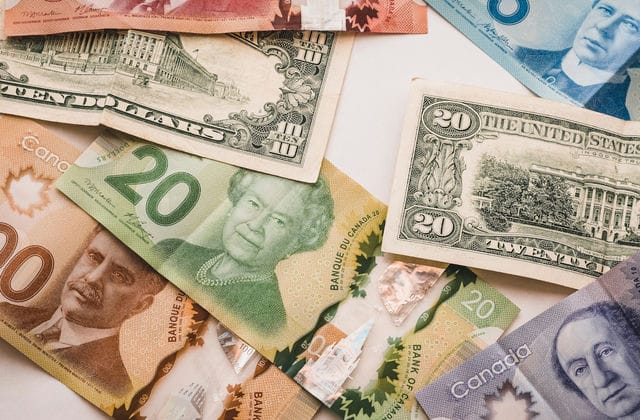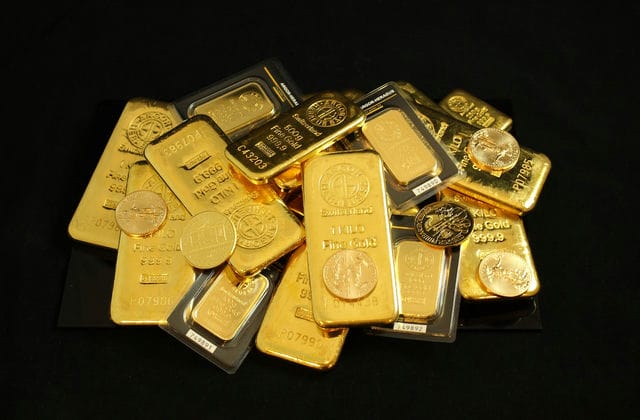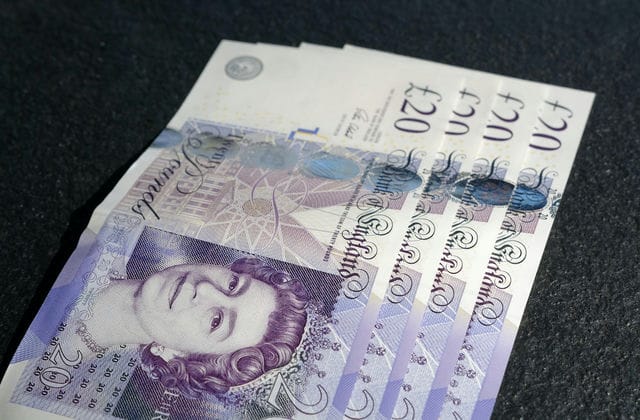Paper money has been used in the United States since before the Declaration of Independence. The history of money in the United States goes back as far as 1690, when the Massachusetts colony issued its first currency to cover the cost of military expeditions. The practice soon spread to other colonies, but the hand-engraved copper plates were prone to wear and needed constant revision, so the consistency of the finished product could not be maintained. They were soon abandoned.

By 1764, after years of restrictions on the currency of the North American colonies, the British authorities finally issued a ban on the issue of currency in the colonies. Later, as a result of the War of Independence against Britain, the North American colonies were depleted of funds and large amounts of gold and silver were collected as taxes by Britain, leading to a lack of domestic funds in the U.S. The Continental Congress (the United States Continental Congress), the united power of the thirteen colonies, met in Massachusetts on 10 May 1775 to raise funds and on 22 June approved the issue of a note with a total value of two million dollars, convertible into on 22 June 1775, the Congress met in Massachusetts and approved the issue of a note with a total value of two million dollars, convertible into Spanish silver dollars, called the Continental Congress. However, counterfeit notes soon appeared, resulting in its practical value being so small that it became a common saying that something worthless was "not worth as much as a Continental". It was replaced in 1781 by bank notes (i.e., notes issued by the emend notes bank and freely convertible into metal currency within the bank).
On 31 December 1781, the Bank of North America in Philadelphia became the first national bank to be chartered to issue money, and in 1789 the Bank of New York and the Providence Bank were also chartered to issue money (until 1836). On July 6, 1785, Congress officially adopted the (Dollar) as a legal tender unit. �The Bank of the United States was chartered by Congress in 1791 to act as the treasury agent for the United States Treasury for a period of twenty years. This was the first bank to perform the functions of a central bank for the government and it continued to operate until 1811 when Congress refused to renew the bank's charter. In 1816, Congress chartered a second "Bank of the United States" to act as agent for the Treasury for a further twenty years, and in 1877, the Treasury Bureau of Plate and Printing began printing all United States currency.
In 1861, to finance the costs of the Civil War, Congress legislated to authorize the Treasury to issue $450 million in non-cashable 'Demand Notes', unsecured by mint and gold. For the purpose of preventing counterfeiting it used green ink, which is difficult to reproduce photographically (silver halide photographic agents are the least sensitive to green light), and for technical reasons the back of the note was a darker green than the front, hence the name "greenback" (which we still call the dollar today). Technically, this was the first US currency to go into general circulation. It was known as a federal note, or United State Note. It has a red bank and serial number. Each "demand note" was hand-signed by an agent of the Registrar of the Treasury and by the Federal Treasurer. This impractical measure inspired a new statute allowing the registrar and the Minister of Finance to print their signatures on the currency. This measure was introduced with the first series of government notes issued in 1862.
In accordance with the provisions of the 1861 US legislation, the Treasury issued a further Treasury note, which came in two versions, the 1890 and 1891 versions, with which silver and gold could be purchased at the time.
Between 1862 and 1864, the National Bank Act allowed banks designated by the states to issue banknotes, called NATIONALCURRENCY, in which the banknotes and serial numbers were brown, also known as national notes or national circulation notes. There are approximately 1,600 state and private banks issuing these notes, and over 7,000 different types of legal tender. In 1863, all private and state banks licensed to issue notes were required to participate in the national banking system or pay a 10% tax on the issue of notes, and in 1908, a supplementary act allowed national banks to issue notes against reserves other than US bonds. The national notes were later formed into two main versions by the Federal Reserve Bank and the National Bank: the version issued by the National Bank had a six-digit serial number and two or four additional bold black numbers printed on the left and right sides of the front. The other serial number was eight digits; the name of the Federal Reserve Bank was printed on the left side of the front of the note, with four diagonally opposite black regional representation letters on the left and right sides, which were issued by the Federal Reserve Bank The Federal Reserve Bank has issued the following The earlier-issued national notes have four signatures of the principals, the Secretary of the Treasury and the Treasurer in the upper two corners, and the Cashier and the President in the lower two corners. After 1928, a 1929 version was issued, which was a US$660 million note issued by the US Treasury in December 1942 in the form of a National Note to finance military expenses during the Second World War.
In order to redeem gold, the US government began issuing GOLD CERTIFICATES in 1870, which had a yellow coin seal and serial number and were also known as gold dollar notes. The coupon is printed on the face with the words "The holder may redeem this for gold coins". It was issued by the United States Treasury as a currency prepared in 100 per cent gold. From the end of the Civil War until 1933, gold certificates were freely redeemable for gold coins and circulated as part of the US money supply, and with the collapse of the gold standard in 1931, gold certificates ceased to be redeemable for gold in 1933.
For the purpose of preventing the smuggling of silver out of the country, the United States began issuing silver certificates (SILVERCERTIFICATES) in 1878. The Treasury stamp and serial number are blue and are also known as silver dollar notes. Issued under laws passed in 1878 and 1886, they were redeemable for the equivalent value of silver coins and later, due to the rise in the price of silver, from 24 June 1968, silver dollar notes could no longer be redeemed for silver. There is also a yellow banknote with a blue serial number, which was a military ticket used by the US Army in North Africa during the Second World War. The yellow seal was distinguished from the blue seal in case it fell into enemy hands and could be voided. After the end of the Great War, many yellow-stamped tickets circulated widely and have been used like other coupons.

The various banknotes issued between 1861 and 1928, which were larger in size and 178mmx73mm in denomination regardless of the type of note, were withdrawn by order of the US Treasury in 1922, but were still legal tender in the US and could be exchanged with US banks. In accordance with the provisions of the Act, the country was divided into 12 Federal Reserve Districts, each of which set up a Federal Reserve Bank in a designated central city (the Federal Reserve City), and there were 12 Federal Reserve Banks in the country, exercising the functions of a central bank. The Federal Reserve Board was established in Washington, D.C., as the highest governing body. On 16 November 1914, the Federal Reserve Banks began issuing Federal Reserve Bank Notes (FEDERAL RESERVEBANK NOTES) as legal tender in exchange for National Bank Notes, which were withdrawn from issue on 12 June 1945. At the same time, Federal Reserve notes were issued as common currency in large quantities for everyday use. The Federal Reserve Notes were required to be adequately collateralized by gold or government bonds, senior or short-term commercial securities. It is serially numbered and bank marked in green. Ninety-nine per cent of the Federal Reserve Notes we have access to today are Federal Reserve Notes, with a small number of other government and silver coin notes.




























